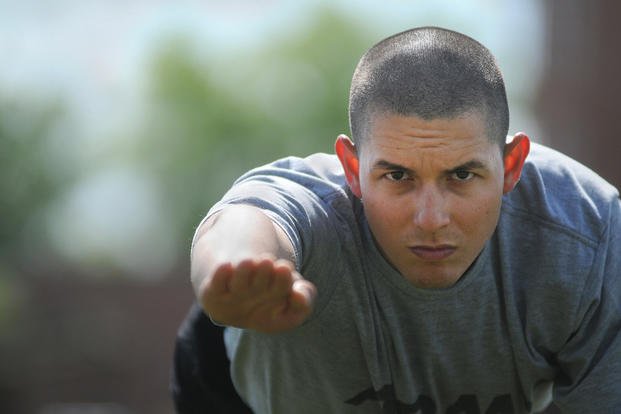People get injured all the time. Some injuries are activity related, while others are the result of freak accidents -- like the friend of mine who shut the trunk of his car and dislocated his shoulder. Many injuries are sports related or are environmental injuries such as heat stress. Stuff happens.
But there are ways to avoid many of these common injuries that occur daily in life and during sporting activities. The method I prefer is called prehabilitation.
Defined by the National Institutes of Health, doctors use prehab to prepare a patient for the inactivity associated with post-surgical procedures. The addition of functional exercises prior will help a patient rebound more quickly.
Generally speaking, a prehab program consists of warming up, stretching to a full range of motion, a cardiovascular component like walking or swimming, and a resistance-training component mixed with functional tasks.
But many physical therapists and athletic trainers are using prehab as part of a daily program to help prevent nagging injuries, as well as the larger ones that require surgery. To be specific, a prehab program to prevent injuries focuses on a person\'s body imbalances. Most imbalances occur in the following regions of the body:
Abdominal region/lower back
Many people work their stomach muscles but neglect their lower back, causing an imbalance that can lead to injuries in sports and daily life.
Chest and upper back/rear shoulder
Many young athletes try to bench-press a truck but neglect their upper back and rear deltoids, which can lead to shoulder injuries and a sloping of the upper back.
Thighs and hamstrings
A very delicate combination of exercises needs to be configured so the back of the legs (hamstrings) do not get underworked. A hamstring injury usually occurs when running sprints or jumping. Usually the upper side of the hamstring receives the injury so a smart stretching plan that incorporates the top and bottom of the hamstring connections is critical.
There are many other natural imbalances in the body. Basically, for any movement your body makes, there are two or more groups of muscles or joints that are stretching (or flexing) to make (or oppose) that motion. Understanding this and following some of the ideas in the articles in my Military.com article archive will help you further.
The links below will help you train smarter and hopefully prevent injury. Injuries occur all the time but easily can be avoided by training smarter, not necessarily harder.
And many others at the Stew Smith article archive.
Stew Smith is a former Navy SEAL and fitness author certified as a Strength and Conditioning Specialist (CSCS) with the National Strength and Conditioning Association. Visit his Fitness eBook store if you're looking to start a workout program to create a healthy lifestyle. Send your fitness questions to stew@stewsmith.com.
Want to Learn More About Military Life?
Whether you're thinking of joining the military, looking for fitness and basic training tips, or keeping up with military life and benefits, Military.com has you covered. Subscribe to Military.com to have military news, updates and resources delivered directly to your inbox.



















